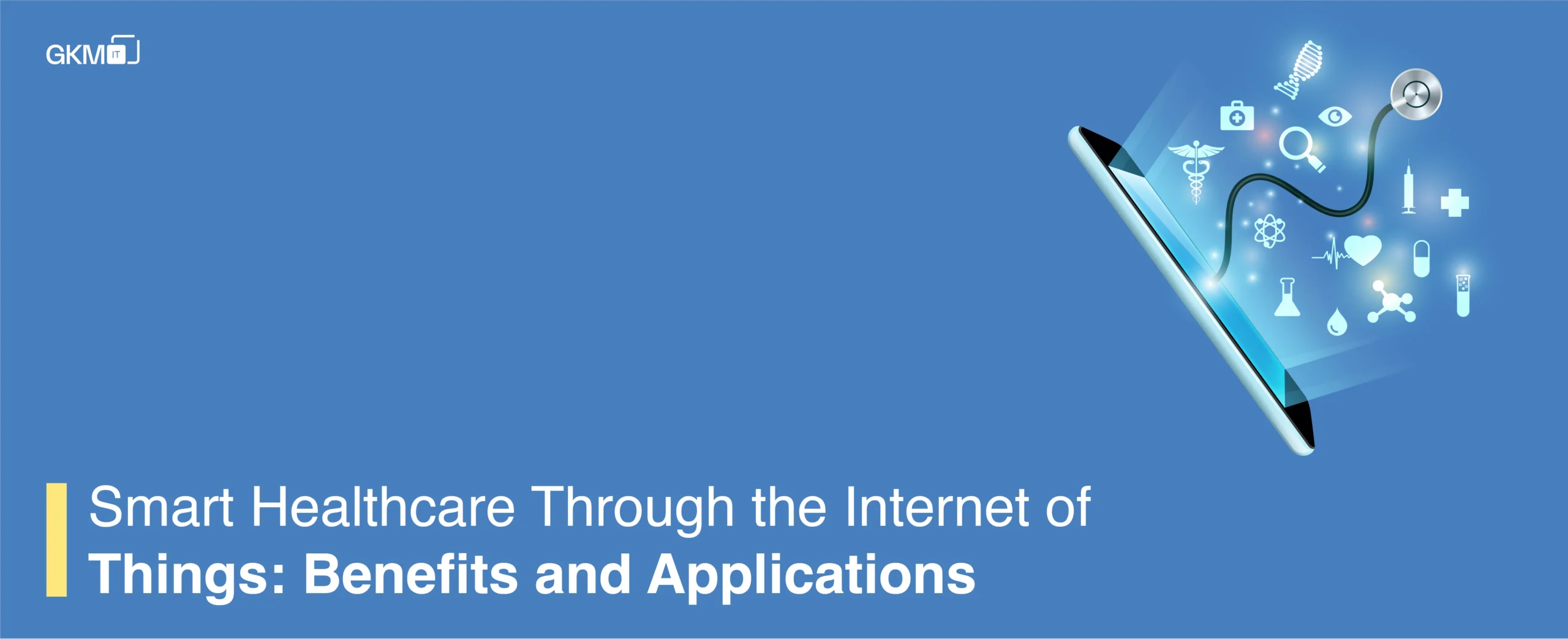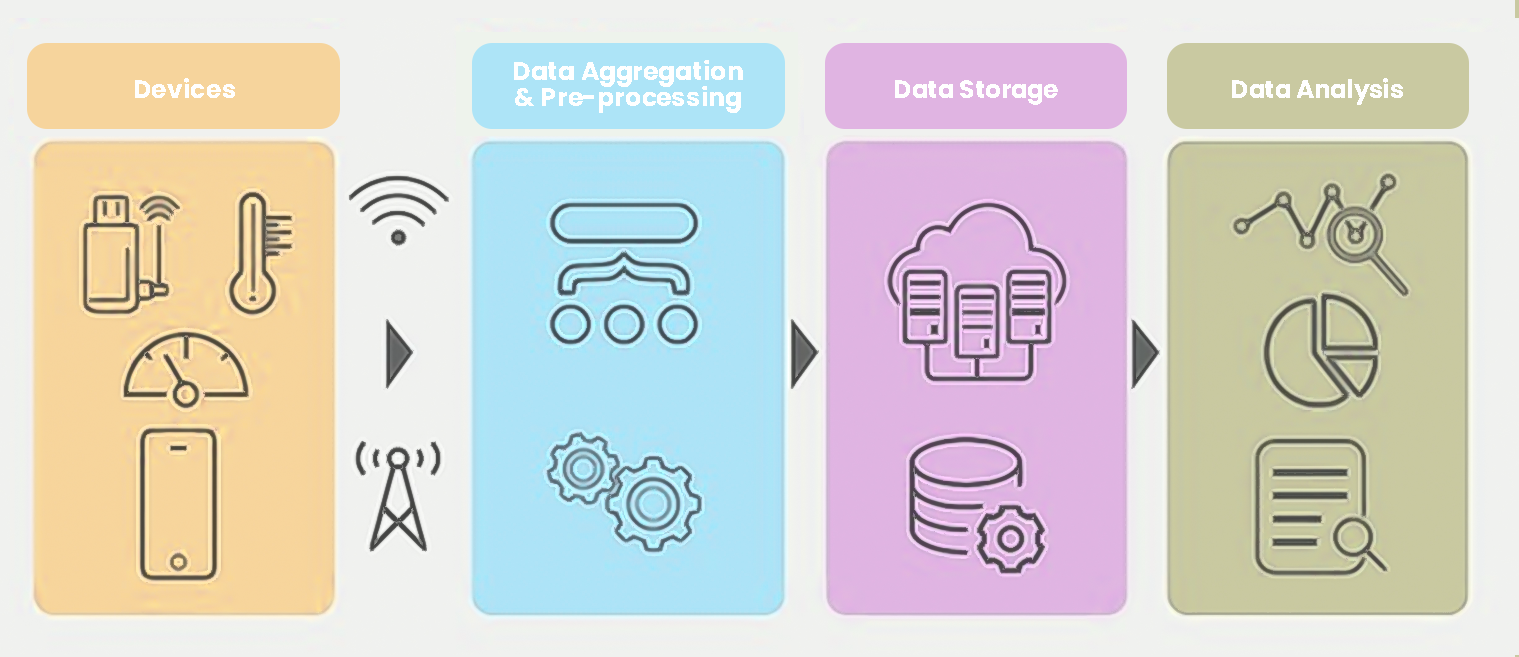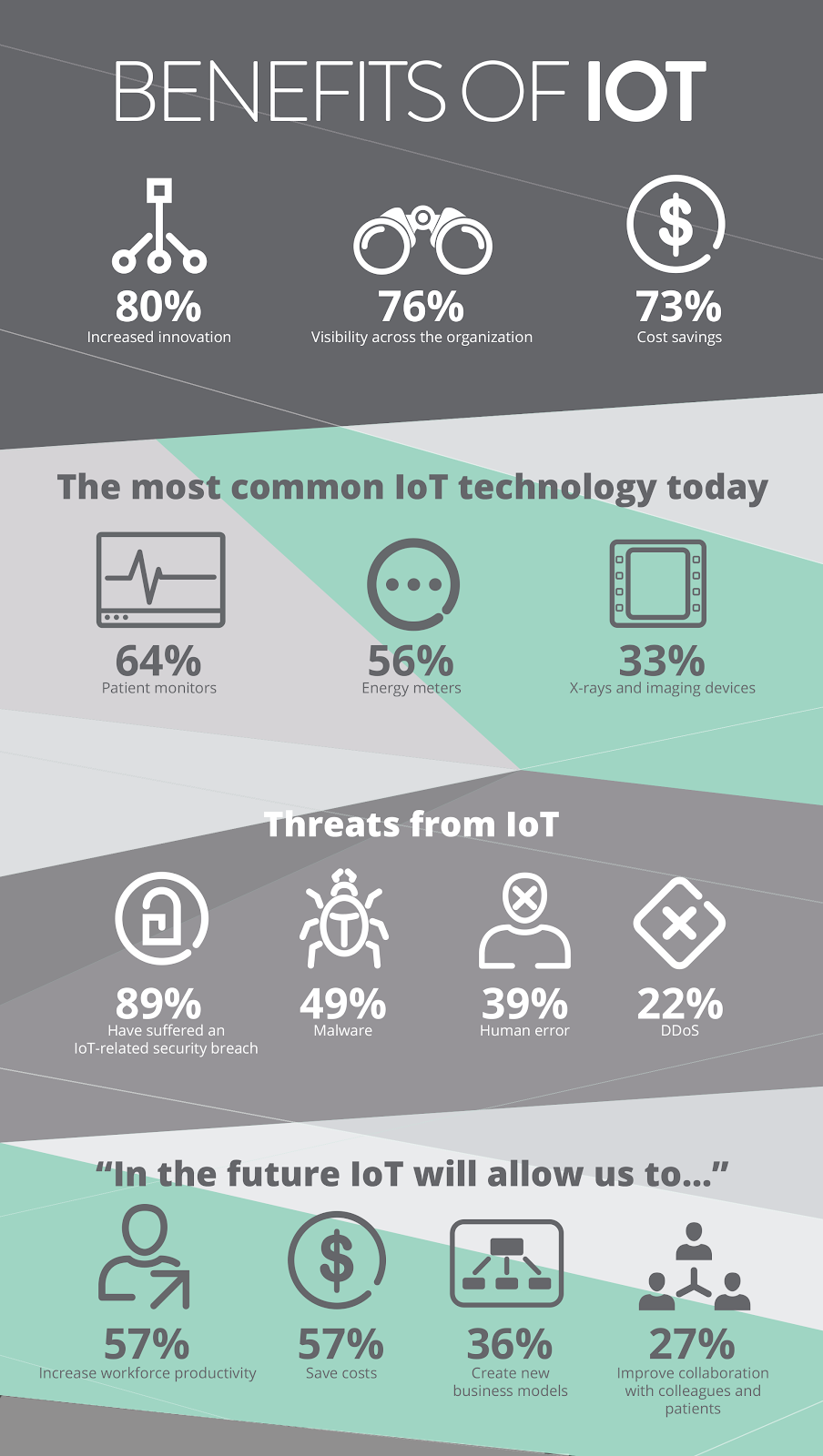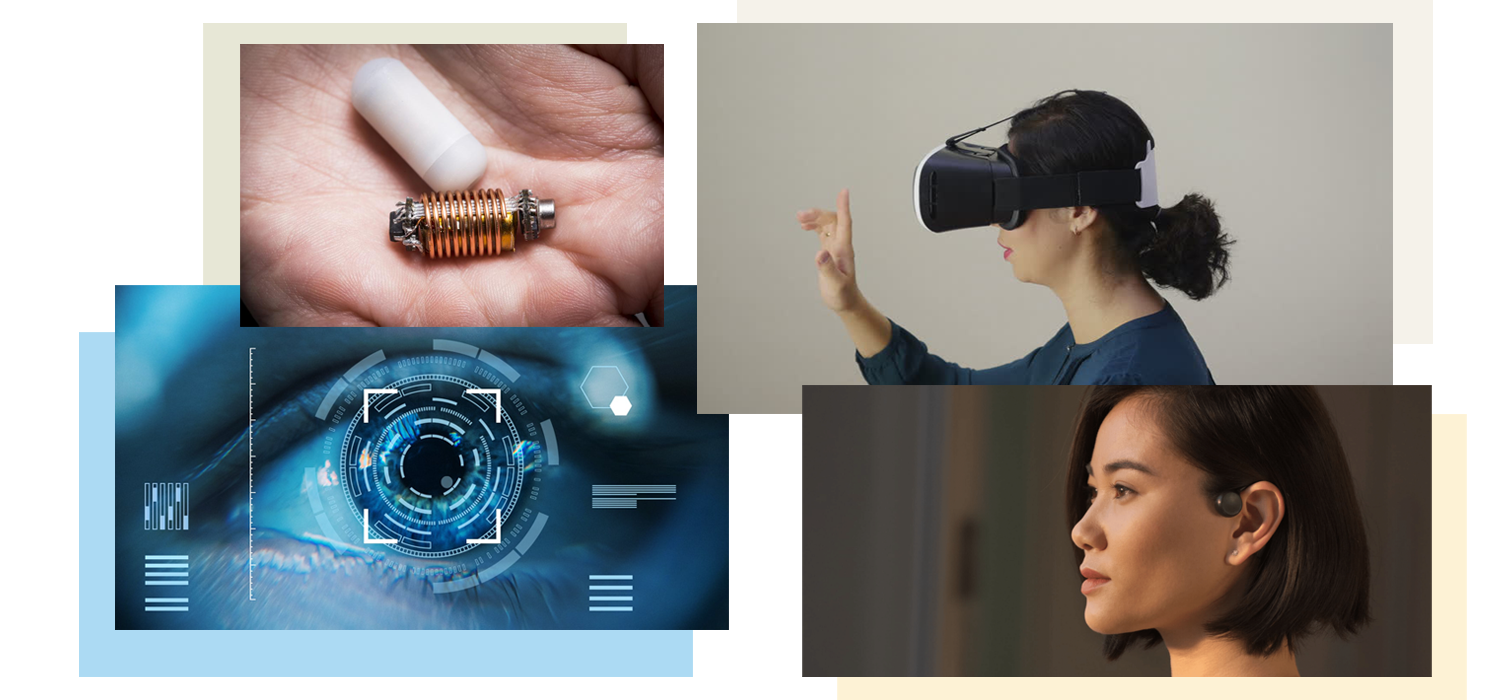
Smart Healthcare Through the Internet of Things: Benefits and Applications
The healthcare industry is in a state of great distress. The healthcare industry is getting costlier than ever. The number of chronic diseases is on the rise and the global population is ageing. According to the Market Insight report, the Internet of Things in the healthcare market was USD 55.5 billion in 2019 and will grow at a CAGR of 20.8% to USD 172.46 billion by 2025. The COVID-19 pandemic has further accelerated the need for digital transformation in the healthcare industry. The robustness and capabilities of the healthcare industry have come under the scanner and thus need transformation.
In this digital era of technology, where everything is transforming, it is unjust to keep healthcare behind. To build a smart healthcare application, the Internet of Things, artificial intelligence, big data, and cloud computing come together.
During this pandemic time, the Internet of Things-enabled devices have made life quite easier in the healthcare sector by remote monitoring, keeping patients safe and healthy, and empowering physicians to deliver unbeatable care. Interaction with doctors has become easier and more efficient, and this has increased patient engagement and satisfaction rate. IoT has played an important role in significantly reducing healthcare costs.
Healthcare re-defined
The mushrooming of healthcare-specific IoT products opens up tremendous opportunities. The enormous amount of data these connected devices generate holds the potential for unmatched transformation.
IoT has a four-step architecture that is shown in stages. All four stages are connected so that data is captured at one stage and carries the value to the next stage. Integrated values in the process deliver dynamic business prospects and bring in institutions.
Let’s check the process

Step 1: The first step comprises of deployment of interconnected devices with sensors, actuators, monitors, detectors, camera systems, etc. These devices collect the data.
Step 2: for further data processing, the data received from sensors is aggregated and converted to the digital form from an analog form.
Step 3: Once the data is digitized and aggregated, it is moved to the data center or cloud and pre-processed and standardized.
Step 4: at the required level, the final data is analyzed and managed. Advanced Analytics applied brings actionable business insights for effective decision-making.
The healthcare industry is re-defined by IoT as it ensures better & improved treatments, reduced costs, better processes and workflows, improved performance, and patient experience.
BENEFITS OF IoT IN HEALTHCARE

-
Simultaneous reporting and monitoring
-
End-to-end connectivity and affordability
-
Data assortment and analysis
-
Tracking and alerts
-
Proactive treatment
-
Faster disease diagnosis
-
Error reduction
-
Remote medical assistance
-
Research
Applications of IoT in healthcare

Due to IoT’s different scope of use in various sectors, the rise is exciting everybody. There are several applications in healthcare. IoT in healthcare helps in:
- Shortened emergency room wait time
- Tracking patients, staff, and inventory
- Intensify drug management
- Ensuring the availability of critical hardware
IoT has made the lives of patients comfortable by introducing wearable technology. These devices are as follows:
- Hearables
It is a new-age hearing aid that has brought a miraculous transformation in the life of people who are suffering from hearing loss and now can easily interact with the world. Advanced wearables are compatible with Bluetooth and can sync with your smartphone. It adds real-world sounds through features like filters, equalizes, and added layers. Doppler Labs is the best example of it.
- Ingestible sensors
It is a modern science marvel as these pill-sized sensors monitor the medication in your body. It warns and detects irregularities in the body. Proteus Digital Health is one of the examples of ingestible sensors.
- Moodables
This device improves your mood and enhances mood.Thync and Halo Neurosciences are already working on developing it. It is a head-mounted wearable that sends low-intensity current to the brain and elevates mood.
- Computer vision technology
Along with AI, computer vision technology evolvedinto drone technology which gives insights and aims at mimic visual perception and helps in decision making.
This technology is very useful for visually impaired people and helps them navigate efficiently. For example, drone-like Skydio uses computer vision technology to navigate.
- Health care charting
Devices like Audemix reduce the manual work of doctors, which they do during patient charting. It captures patients’ data and is powered by voice commands. It makes data readily accessible and saves 15 hours per week of work for doctors.
Challenges faced in smart healthcare
- Data security and privacy
- Multiple devices and protocols in integration cause hindrances
- Data overload and accuracy
- Cost bar as IoT has not made smart healthcare affordable to the common man yet
Conclusion
IoT has changed the face of the healthcare industry by the facilities delivered. With digital transformation and technologies, the product is improving and we can see a large effect by doing minor changes.
Related Blogs:
HIPAA Compliant Hosting For A Web Application Questions To Ask
How To Prevent A HIPAA Data Breach
Complete HIPAA Compliance Checklist For Your Software Product